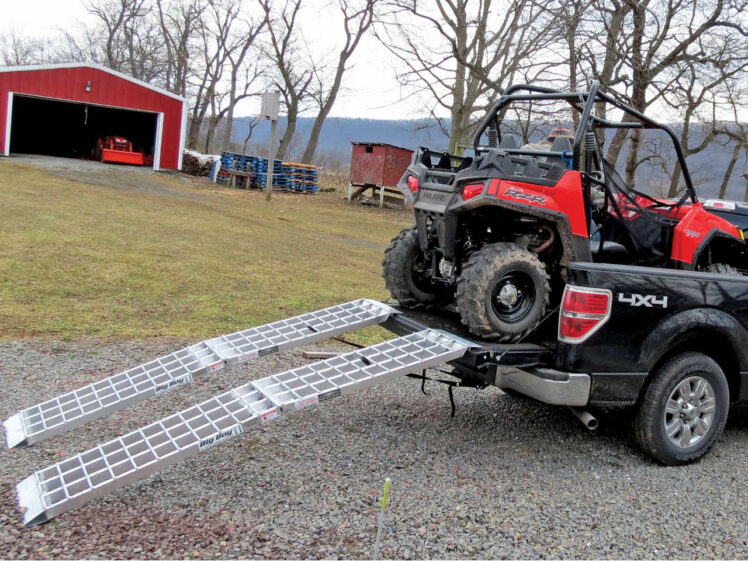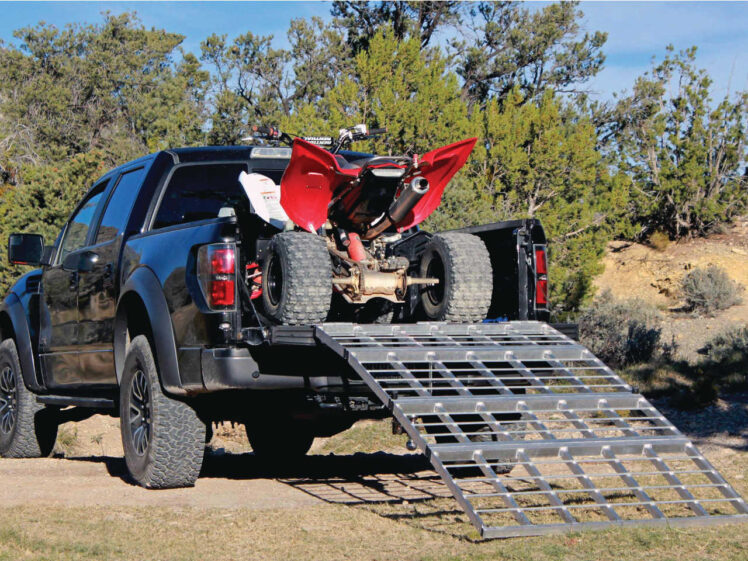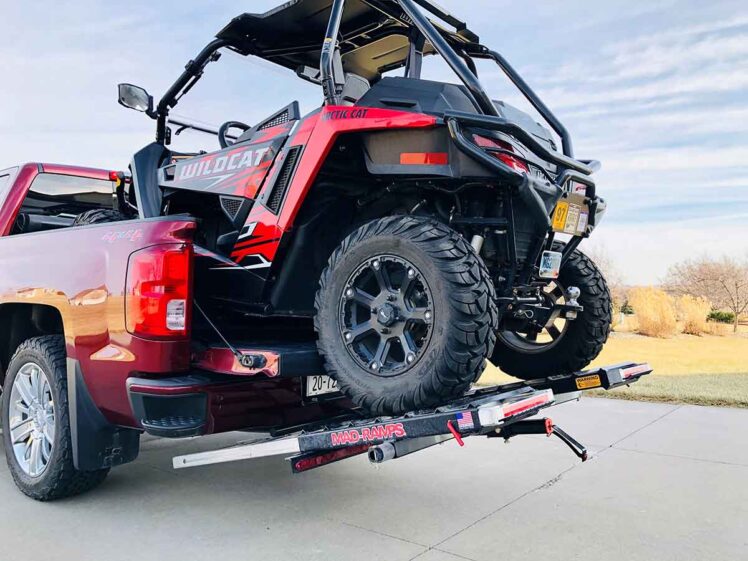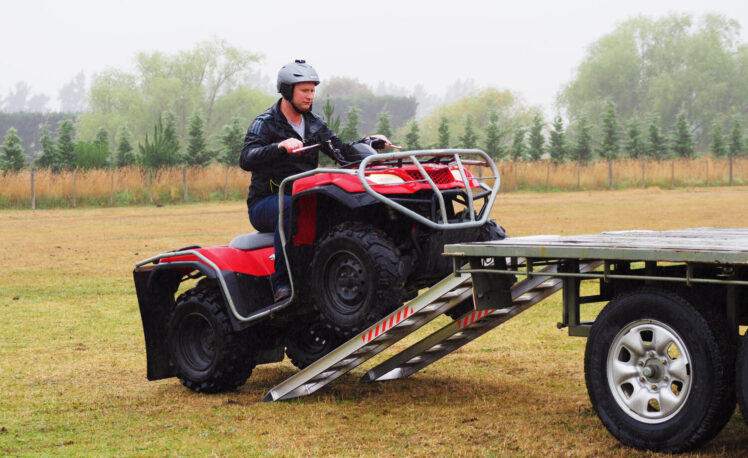Enjoying nature, experiences, and adventures with your ATV is something that people from all over the world are passionate about. We love the freedom we get, along with the ability to explore things without having to do it all on foot. Some people love the adrenaline of these vehicles, while others just enjoy being able to travel and go on an adventure without having to worry about the things you do when you choose to go on foot. If you are passionate about these vehicles, you probably know that proper maintenance as well as care for your ATV is a must if you want to fully enjoy the experience without any setbacks. Here, we are going to give you some tips for safe and smooth transport and we will help you master the art of ATV loading.
What do you need to know about your vehicle before you start?

Navigating the world of all-terrain vehicles or “quad bikes” as they’re occasionally termed, demands more than just riding skills. One crucial aspect many enthusiasts often overlook is the art of loading their four-wheeled machine for transportation. An ATV, with its unique build and weight distribution, requires specific techniques for safe and efficient loading. Before embarking on this task, one should invest time in understanding the vehicle’s anatomy. Recognize its weight, dimensions, and balance points. These factors play a pivotal role in ensuring that the ATV is secured properly during transit, reducing potential risks, and ensuring longevity.
Why do you need a good ramp?
In the realm of ATV transport, loading ramps are not merely an accessory but a vital component. Their primary role is to bridge the gap between the ground and the transport vehicle, ensuring a smooth transition for the vehicle. But beyond this obvious function, they serve as an essential safety tool. A well-designed ramp will have a non-slip surface, reducing the chances of the vehicle skidding during loading or unloading. The design, material, and structure of the ramp should resonate with the ATV’s weight and dimensions.
Ramps also come in various styles, from foldable options for easy storage to those with side rails for added security. When selecting a ramp, it’s paramount to understand its capabilities and limitations. If you are looking to find a wide selection of ATV loading ramps and if you want to ensure the quality of the piece you’ve chosen, then you can start by checking SureWeld. Investing time in this can prevent potential accidents and ensure the longevity of both the ramp and the ATV.
How do you choose the right ramp for your needs?

Just as a painter needs the right brush to create a masterpiece, so does an ATV enthusiast require the appropriate ramp for seamless vehicle transfer. When sourcing a ramp, consider factors like its weight capacity, length, and material. Longer ramps typically provide a gentler slope, making the loading process smoother and reducing the strain on the vehicle. Moreover, the chosen ramp should comfortably support the weight of the quad bike without wobbling or bending, ensuring safety throughout the process.
Note that it is always better to do this with help
While it’s possible to load an ATV single-handedly, incorporating a two-person technique can elevate the safety and efficiency of the process. One individual can handle the steering and braking, ensuring the vehicle remains on course, while the other supervises the ramp’s position and offers guidance. This collaborative approach minimizes potential mishaps, streamlining the process and offering an additional layer of assurance.
What do you need to do to ensure a smooth transition?

The surface on which the loading occurs can significantly influence the ease and safety of the process. Ideally, one should aim for a flat, non-slippery ground. This provides stability, preventing the ATV from skidding or the ramp from shifting during loading. Additionally, the area should be free from obstructions, allowing ample space for maneuvering the vehicle and making necessary adjustments during the transition.
The weather might make things more difficult for you
Weather can play a significant role in the loading process. Rain, for instance, can make ramps slippery, increasing the risk of accidents. In such conditions, it’s vital to take extra precautions, such as wiping down the ramp and ensuring the tires are free from mud. Similarly, during colder climates, metal ramps can become especially slick, so it’s wise to be cautious. When dealing with extreme weather conditions, sometimes it’s best to delay the loading process until conditions improve. Safety should always be the top priority.
How to do it safely?

Once the ATV is on the transport vehicle or trailer, the role of straps and binders comes into play. These tools are indispensable, holding the vehicle firmly in place and preventing any unwanted movements during transit. However, it’s essential to ensure that these are of high quality and exhibit no signs of wear or tear. When fastening, distribute the tension evenly across multiple points on the vehicle, ensuring a snug fit but without over-tightening, which could damage the vehicle’s frame.
Your job is not done when the vehicle is loaded
Once the quad bike is loaded and secured, the job isn’t quite finished. It’s prudent to undertake a thorough post-loading check. Inspect all the straps, ensuring they remain taut and evenly distributed. Check the ATV’s position, ensuring it’s centered and balanced. Regularly stop and recheck these aspects during longer journeys, adjusting as necessary to counteract any shifting that might occur during transport.
You should always maintain your vehicle if you don’t want to risk damage
Beyond the immediate loading process, regular maintenance of the vessel plays a crucial role in ensuring safe and efficient transport. A well-maintained vehicle is easier to maneuver, less prone to unexpected issues, and more predictable in its behavior. Before any major transport, perform a quick check on the vehicle. Ensure that the tires are correctly inflated, the brakes are functioning optimally, and there are no loose parts. A well-maintained ATV not only ensures smoother loading but also reduces the risk of damage during transport.
Loading an ATV might seem like a straightforward task at first glance, but mastering this art form requires meticulous attention to detail, an understanding of the vehicle’s nuances, and the right tools. By embracing the tips mentioned above, enthusiasts can ensure not only the safety of their prized vehicle but also peace of mind during transit. Remember, the journey is as significant as the destination, and ensuring a smooth, hassle-free transport for your quad bike can significantly enhance your overall riding experience.

